Courses Tag: Observability
Getting To Know Coralogix
Dive into Coralogix and discover the platform’s vast capabilities tailored for both new and experienced users.
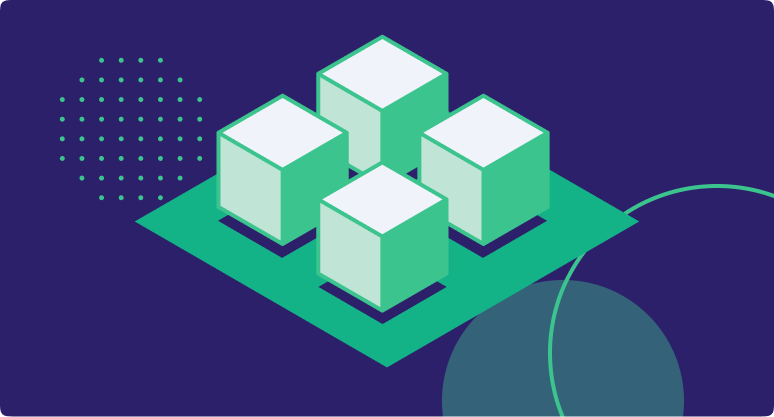
Coralogix Kubernetes Infrastructure Monitoring
Elevate your Kubernetes observability with the Coralogix platform, featuring native Kubernetes dashboards, seamless open source integrations, and more.
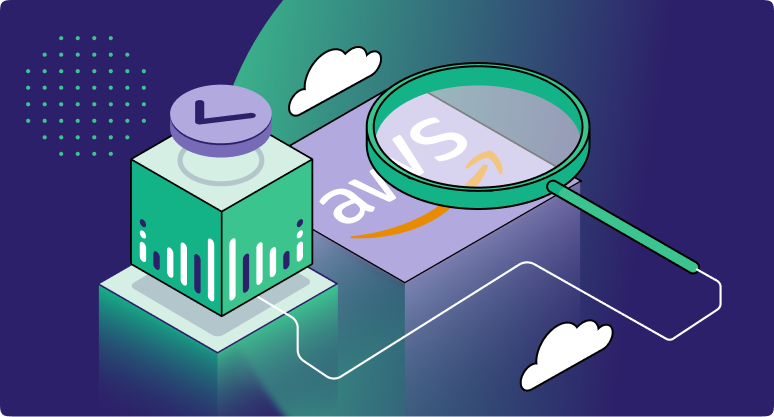
AWS Observability in Coralogix
Learn to enhance AWS Observability through seamless integration with Coralogix.
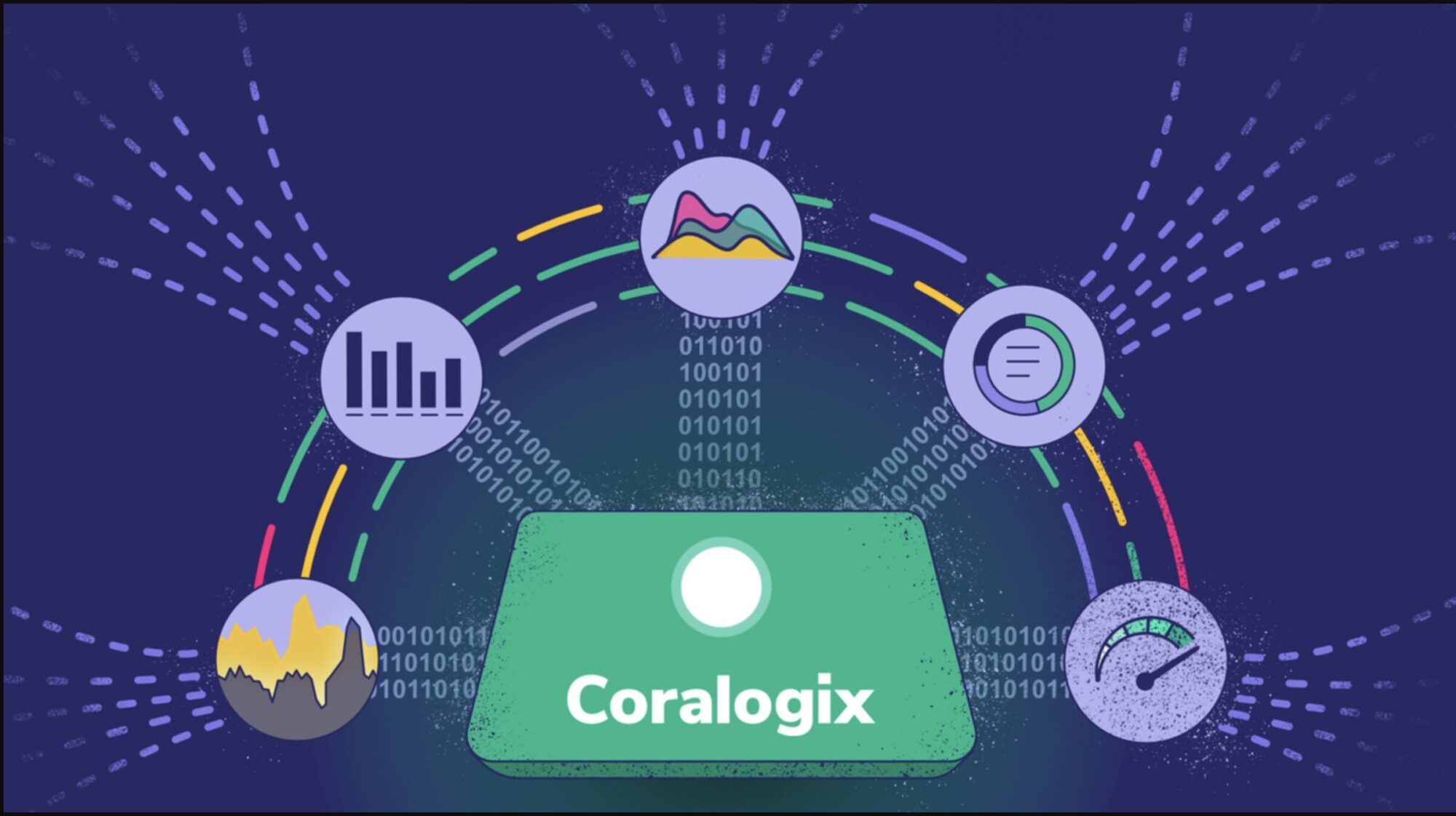
Edge And WAF Monitoring & Security
Discover how Coralogix leverages Edge and WAF data, representing some of the most important telemetry in a modern system

Monitoring as Code in Coralogix
Dive into Monitoring as Code with Coralogix and unlock powerful automation capabilities tailored for both new and experienced users.
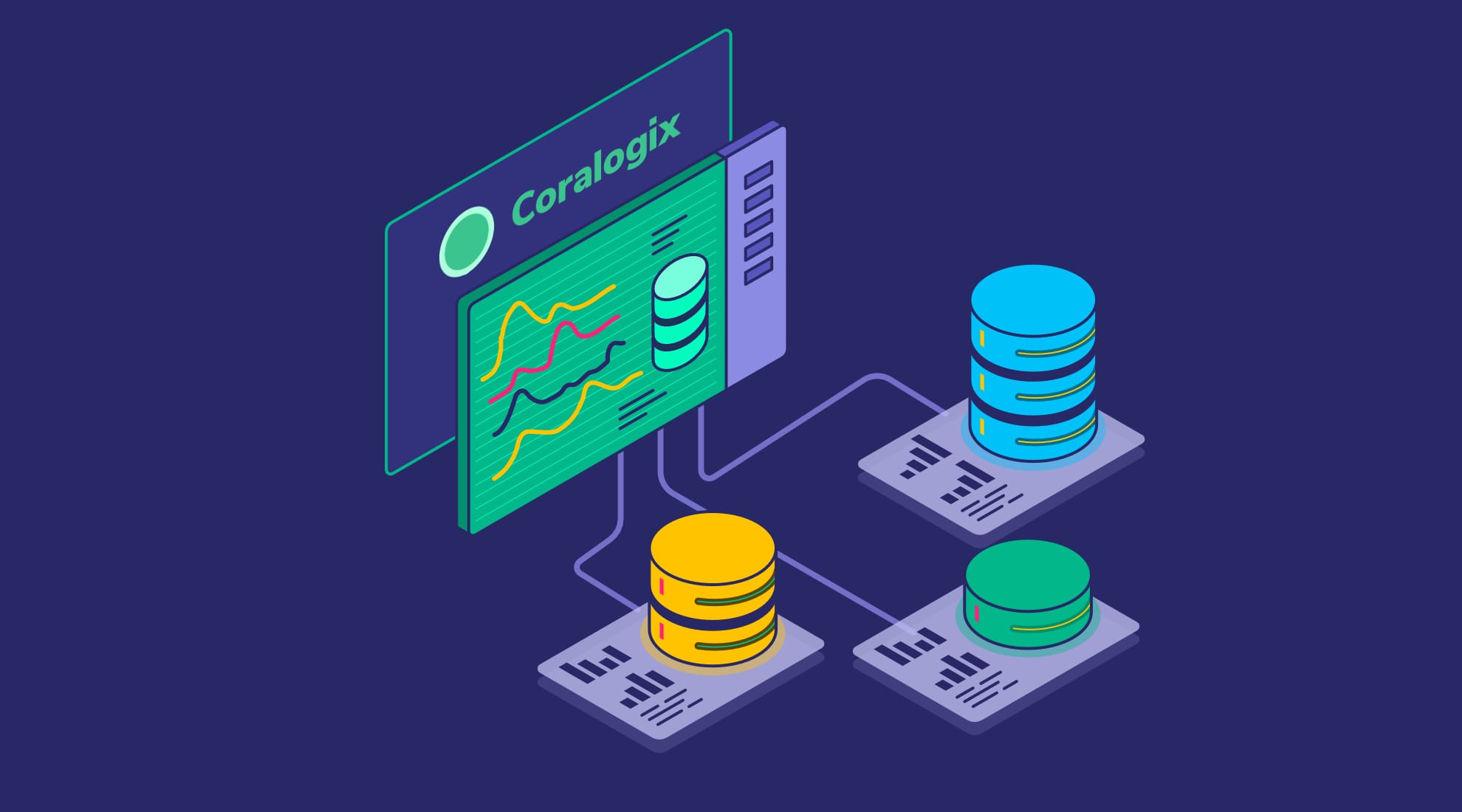
AWS Elemental Monitoring
Learn how to inject observability into your AWS Elemental stack, with custom video tutorials on everything from MediaTailor transcode latency to correlating CloudFront traffic with Stream health. You’ll look at how to build key insights, including completely unique metrics, and correlate signals from all of your elemental tools into a single, cohesive view of your stream’s health.
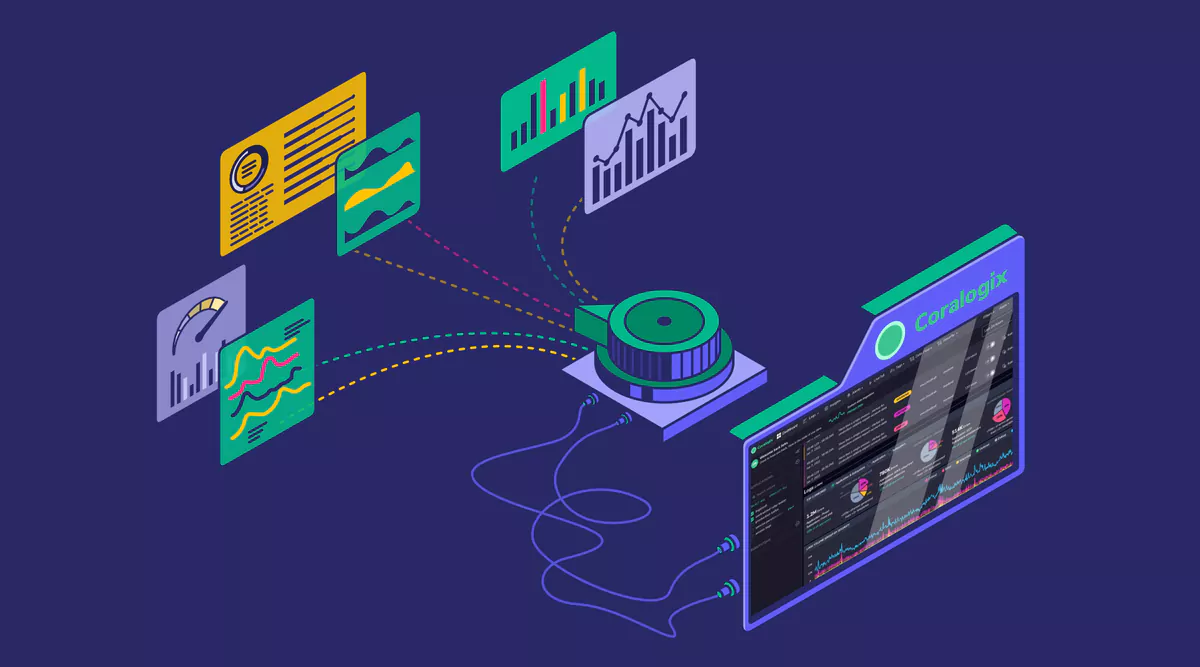
Mastering Metrics in Coralogix
Master the essentials of metrics in Coralogix, from foundational concepts to advanced applications. This course empowers you to create effective dashboards, set up meaningful alerts, and troubleshoot issues, all to drive deeper insights and optimize observability within the Coralogix platform.
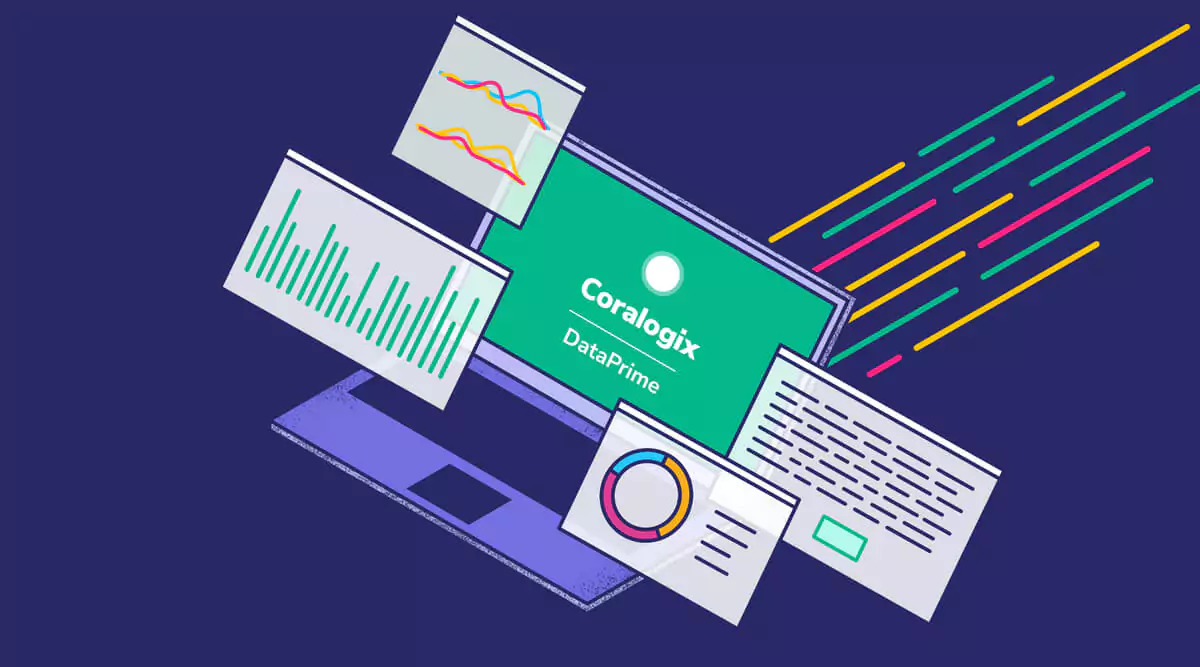
DataPrime Query Language Mastery
Learn how to use the observability and analytics capabilities of DataPrime, Coralogix’s powerful data query and transformation engine. This course takes you from foundational queries to advanced capabilities, so you can explore, analyze and act on your data with precision and speed.
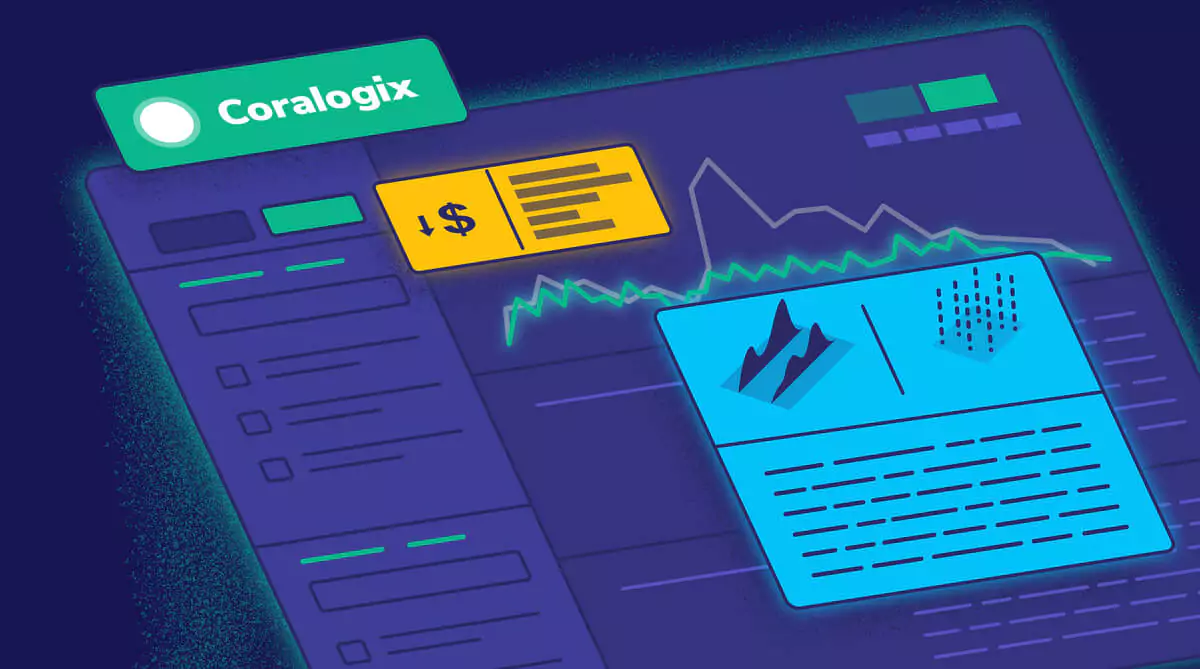
Coralogix Kubernetes Operator
The Coralogix Kubernetes Operator is a powerful tool designed to simplify the deployment, configuration and management of Coralogix agents within Kubernetes clusters. Once installed—via Helm or Kubernetes manifests—the operator continuously monitors the cluster, provisioning resources and keeping configurations up to date. It supports Prometheus metrics scraping natively, shipping these directly to Coralogix after converting them into the platform’s schema. Users can define custom observers via the cxo-observer component to dynamically discover services or endpoints. Key features include seamless rotating of authentication tokens, handling of destination endpoints, and declarative control.
